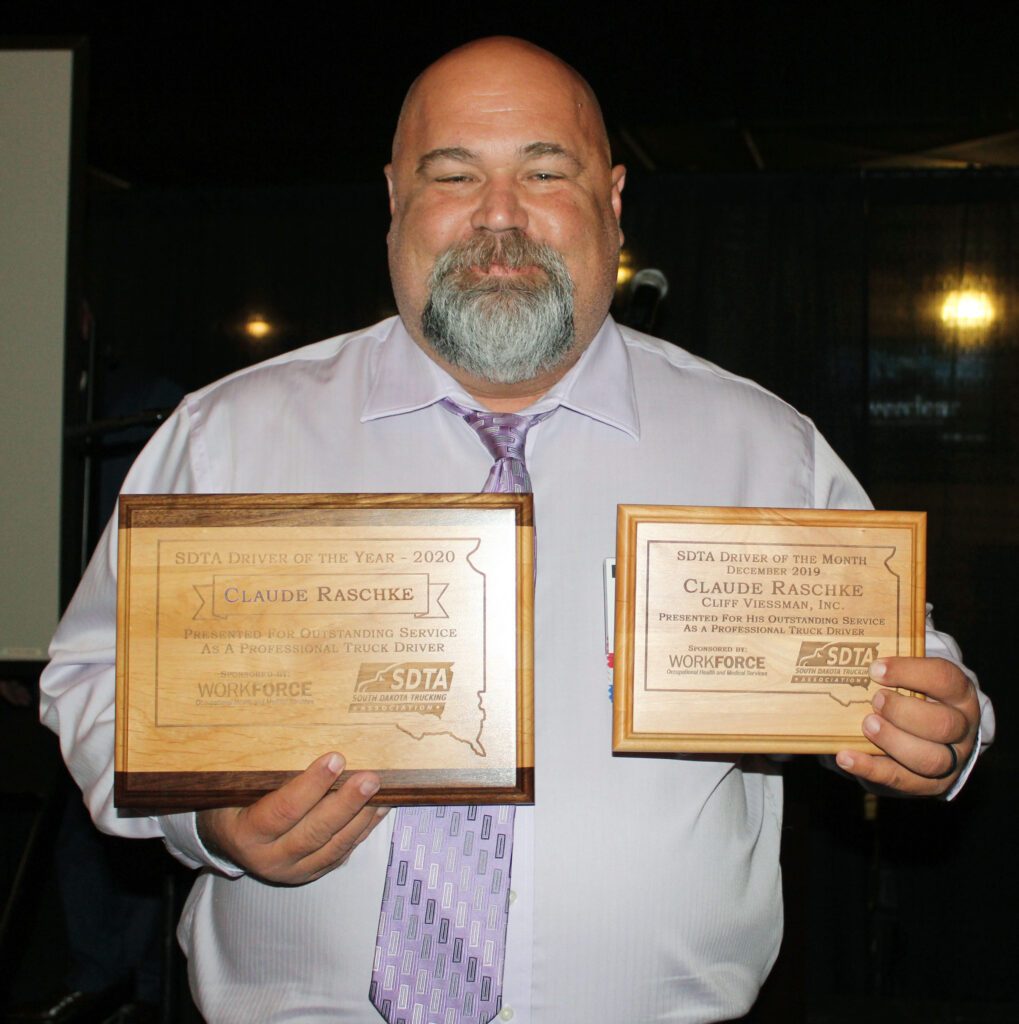The Winner FFA Chapter welcomed, Hunter Eide and Samantha Olson to Winner High School on Monday, Oct. 19. While at the school, Eide and Olson met with FFA members and presented workshops to agriculture education classes about team development, personal growth, advocating for agriculture, and the benefits of being an FFA member.
During a year of service to the organization, state FFA officers travel to FFA chapters in the state to talk about opportunities available to students enrolled in agricultural education. State officers develop interactive workshops that encourage students to develop leadership skills and take advantage of opportunities available to FFA members.
Agricultural education incorporates three aspects of learning. The classroom provides basic knowledge. FFA develops leadership and personal skills. A Supervised Agricultural Experience (SAE) provides hands-on learning while working on the job or in an agricultural business.
FFA is an integral part of agricultural education. Agricultural instructors encourage students to take the knowledge and skills they have acquired in class and apply to FFA events, such as the career development events, which help students explore a career interest in agriculture.
Chapter visits are made possible with the support of the following South Dakota FFA Foundation Star Partners: Twin City Region Northland Ford Dealers (Distinguished Star Partner), Bayer (4 Star Partner), CHS Foundation (4 Star Partner), and Agtegra (3 Star Partner).
The South Dakota FFA Association is comprised of local chapters preparing nearly 5,000 student members for careers in agriculture. FFA activities and award programs complement instruction in agriculture education by giving students practical experience in the application of agricultural skills and knowledge gained in classes. FFA makes a positive difference in the lives of students by developing their potential for premier leadership, personal growth and career success through agricultural education.

